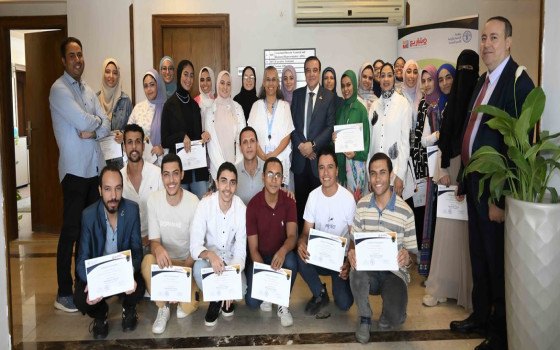
Starting a new experiment to simulate the FAO in Egyptian universities

- Europe and Arabs
- Sunday , 9 February 2025 9:25 AM GMT
New York - Cairo: Europe and the Arabs
The Food and Agriculture Organization of the United Nations (FAO) simulation model at the Faculty of Agriculture in Egyptian universities is a student activity that aims to create an aware generation capable of bringing about change in society with its constructive ideas to solve the problems facing the agricultural and environmental sectors in an innovative way using science and modern technologies and applying solutions on the ground.
This model also aims to develop students' skills and qualify them for the labor market and train them in specialized agricultural programs. It also aims to link studies to the labor market through the fields of scientific research, agricultural entrepreneurship, and specialized qualification. According to the United Nations News Bulletin, which published a report by its correspondent in Egypt, it shed light on the FAO simulation model in Egyptian universities.
The idea of the FAO simulation model was launched in Egyptian universities in 2017 with the aim of supporting entrepreneurship in the agricultural field, participating in various fields to exchange experiences and scientific competition, and preparing students for the labor market to build a stronger economy and society.
At the Faculty of Agriculture at South Valley University in Qena Governorate, students chose the sugarcane crop to learn about the challenges facing sugarcane farmers and how to work to increase productivity.
Fatima Khaled, a volunteer in the FAO simulation model at South Valley University, said, "This model is a student activity that simulates the FAO. The model serves students in four tracks: programming, entrepreneurship, scientific research, and specialized qualification. This year in Qena, we chose the sugarcane crop as a strategic crop in the governorate to apply the simulation model to it."
Israa Mahmoud said, "This model made us discuss the problems of sugarcane farmers this year by going down to them on the ground. We combined what we study through scientific research to advance the strategic sugarcane crop, and at the same time we learn about the farmers' life experiences, and then we reach solutions that contribute to increasing productivity." For the third season in a row, South Valley University continues to present the FAO simulation model that began in 2021. The strategic crop in Qena Governorate, sugarcane, was chosen to be the simulation research method for male and female students, faculty members and specialists, as Professor Dr. Abdel Halim Al-Sha’ini, academic supervisor of the FAO simulation model at South Valley University, says: “The FAO simulation model began at the Faculty of Agriculture at South Valley University in 2021, and is being implemented through several tracks, including the global research track, another for agricultural work, a third for programming, and a fourth track for life skills. These tracks are being implemented in partnership with the Academy of Scientific Research through a group of volunteer students.” - What about qualifying male and female students to participate in a competition organized by FAO? "Students who volunteer in the FAO simulation model receive qualifying courses to prepare them and hone their skills. After that, each student chooses the committee they want to join in the model, whether it is the marketing committee, the scientific research committee, public relations committee, etc. The academic supervisor of the simulation model provides the best guidance on how to choose projects, leaving complete freedom for students to determine those projects, as is the case in choosing the sugarcane crop to discuss its problems this year. Then, innovative projects are chosen to enter the FAO competition." The simulation model is not limited to students of the faculties of agriculture, but rather extends to other faculties, as students receive capacity-building courses in the fields of scientific research, innovation, and entrepreneurship, in addition to launching the FAO JECT competition, which is a competition for innovative student projects to choose the best of them to transform their emerging ideas into a tangible reality. In this regard, Professor Abdel Hakim El Waer, Assistant Director-General and Regional Representative of the FAO for the Near East and North Africa, and Acting Representative of the FAO in Egypt, said:
"In 2017, a group of students from Cairo University approached FAO and asked them to create a simulation of the organization's model. The model was actually created under the umbrella of the Faculty of Agriculture at Cairo University with the aim of introducing FAO's work mechanisms in Egypt and building the capacities of students in Egyptian universities to prepare them to face real-life work experiences in the agricultural sector after graduation."
El Waer added that the simulation model also aims to have students adopt innovative projects related to rural transformations, as this helps in training generations who will work in the future as agricultural experts and entrepreneurs. The FAO model also works to achieve sustainable development goals, such as better production, healthy nutrition, and a suitable and favorable environment.
He said: "The FAO simulation model includes not only students from the Faculty of Agriculture, but also students from medicine, veterinary medicine, engineering, science, and pharmacy, to represent a strong opportunity to exchange experiences, add to the quality of education, and bridge the gap between theory and practical application in the field of rural agricultural development." This year, a number of researchers representing universities and specialized scientific institutes participated in the FAO simulation model at South Valley University, including Professor Dr. Ahmed Amer, a researcher at the Agricultural Research Center, who expressed his admiration for the choice of sugarcane as the research method in this year's simulation model. He said: "Perhaps the most prominent challenges facing sugarcane cultivation and industry is the scarcity of varieties used in the sugar industry. There are only three varieties, the most important of which is the S9 variety, which is the dominant variety that has been developed since the 1980s. This has made the Agricultural Research Center, the Sugar Crops Council, and specialized research centers make developing new varieties of sugarcane their goal. I was honored, among a group of researchers, to discover new varieties characterized by abundant production and high sugar content, such as Giza 3, Giza 4, and Giza 5 varieties.
The FAO Simulation Model aims to serve the educational process in the faculties of agriculture in various Egyptian universities, in order to qualify young people for the labor market in a professional manner. The model embodies the fruitful cooperation between the organization and Egyptian universities to prepare a generation capable of competing and keeping pace with successive global developments, especially in the fields of agriculture, to achieve the goals of sustainable development and Egypt's Vision 2030.
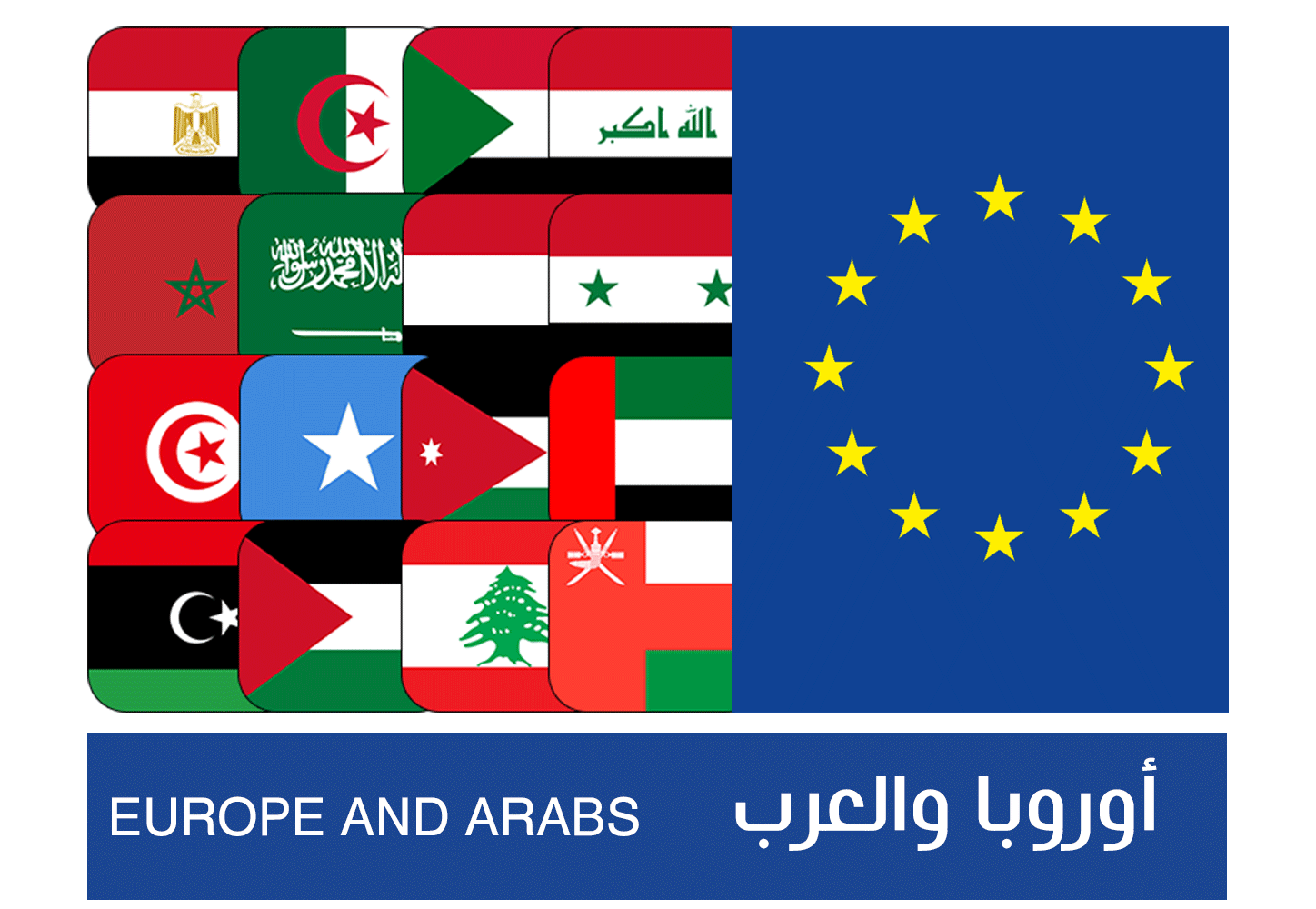

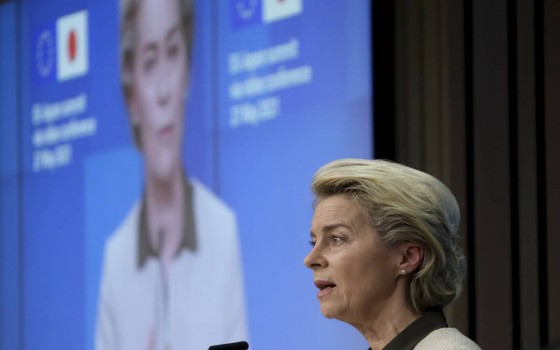




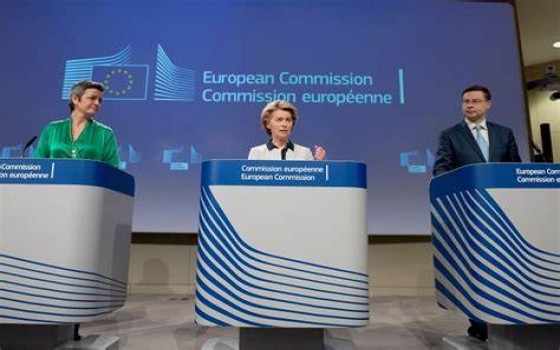
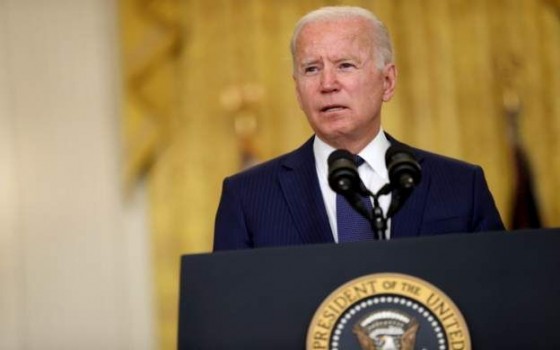
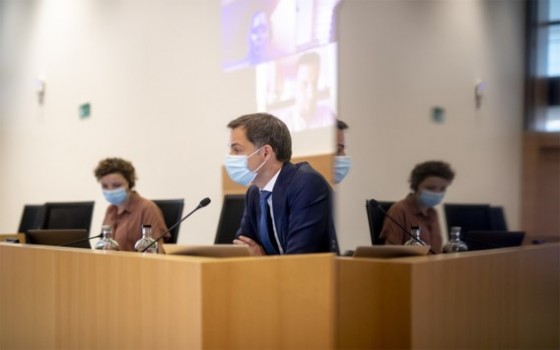
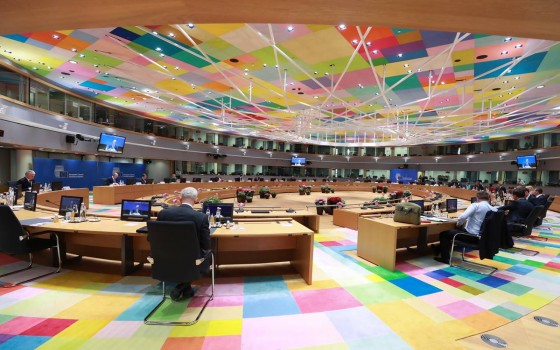

No Comments Found